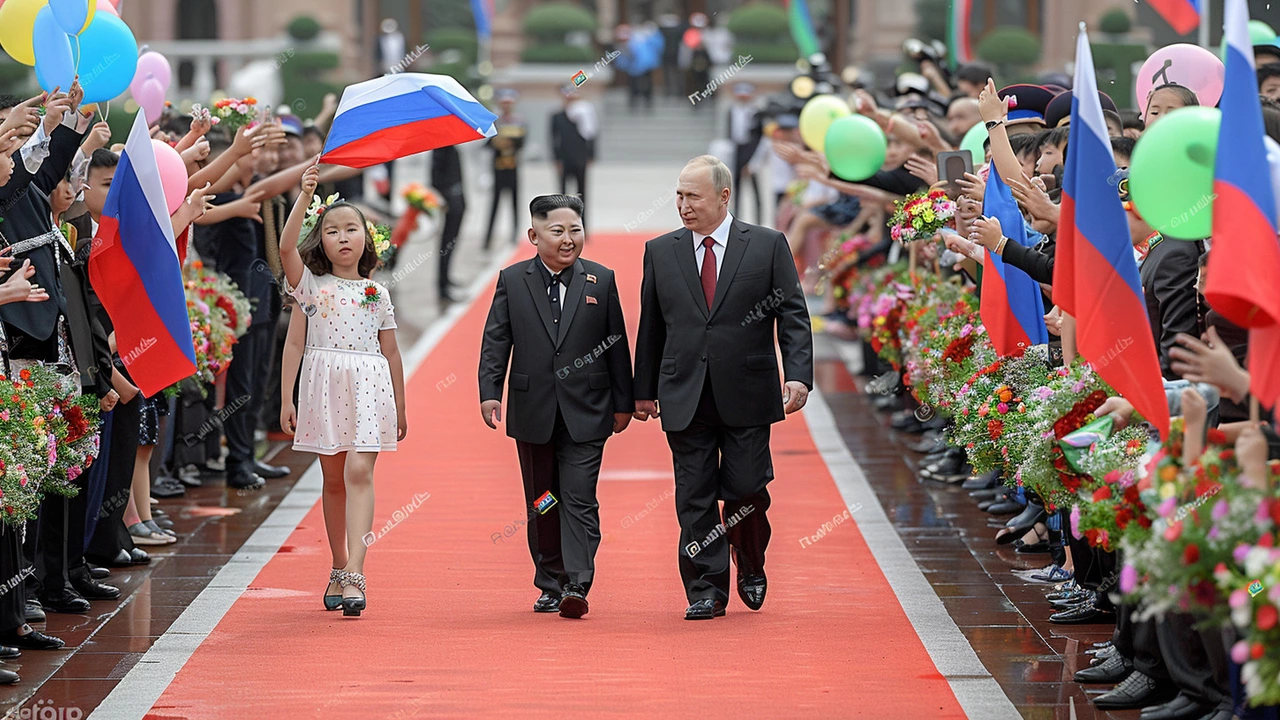Arms Trade: What It Is and Why It Matters
The term "arms trade" covers everything from small‑scale gun sales to massive deals for fighter jets. In simple words, it’s the buying and selling of weapons and military gear between countries, companies, and sometimes private groups. It affects politics, economies, and even everyday life, because the flow of weapons can shape conflicts, create jobs, and drive technology.
People often think of the arms trade as a secret world, but most of the activity is recorded in public reports and export controls. Governments set rules, like the United Nations Arms Trade Treaty, to try to stop weapons from ending up in the wrong hands. Still, loopholes and gray areas exist, making it a hot topic for journalists and watchdog groups.
How the Global Arms Market Works
At the heart of the market are a few big defense contractors – think names like Lockheed Martin, Boeing, and Raytheon – that supply high‑tech gear such as missiles, drones, and naval vessels. Smaller firms focus on components, ammunition, or less sophisticated equipment. Countries buy what they need based on security threats, alliances, and budget constraints.
Purchases usually follow a formal process: a government issues a tender, companies submit proposals, and a contract is awarded after negotiations. These deals often include training, maintenance, and spare parts, turning a single purchase into a long‑term partnership. Financing can be complex, with loans, offsets (where the seller agrees to invest in the buyer’s economy), and sometimes bartering of other goods.
Export controls play a big role. Nations maintain lists of restricted items and require licenses before a shipment can leave the country. Violations can lead to fines, loss of export rights, or diplomatic fallout. Yet, illegal transfers still happen through black markets, proxy buyers, or corrupt officials.
Key Issues and Trends to Watch
One major trend is the rise of autonomous weapons and drones. These systems cost less than traditional aircraft but can still pack a punch, making them attractive to both rich and poor buyers. As technology advances, the line between civilian and military use blurs, raising ethical questions about who should control such tools.
Another hot topic is regional arms buildups. In places like the Middle East, South Asia, and Eastern Europe, neighboring countries are spending big bucks to keep up with each other’s arsenals. This arms race can make conflicts more likely and harder to resolve.
On the policy side, more governments are tightening export rules, especially after high‑profile scandals where weapons ended up in conflict zones. Public pressure and media scrutiny are forcing companies to be more transparent about who they sell to.
Finally, the shift toward green defense is emerging. Contractors are exploring electric or hybrid propulsion for ships and ground vehicles to cut fuel costs and emissions. While still early, this could reshape future procurement decisions.
Understanding the arms trade helps you grasp why headlines about military sales matter beyond the battlefield. Whether you’re a student, a policy nerd, or just curious about world events, keeping an eye on these patterns gives you a clearer picture of how global power and technology intersect.
 21 June 2024
21 June 2024
Putin and Kim Jong Un Strengthen Ties Amid Global Concerns over Potential Arms Trading
Russian President Vladimir Putin and North Korean leader Kim Jong Un met in Pyongyang, sparking fears about potential arms deals and intelligence sharing. This meeting reinforces suspicions of an Anti-Western alliance aimed at bolstering Putin's military efforts in Ukraine, while providing crucial resources to Pyongyang.
Latest Posts
-

In Cars 4, will Lightning McQueen be a racer or a crew chief?
-

Polar Vortex Disruption Triggers Early December Cold Snaps Across U.S. as Stratospheric Warming Peaks
-

Why do people stick with one brand of car?
-

Bayer Leverkusen’s nine men beat Frankfurt as Hjulmand wins fiery debut
-

Alberton House Partial Collapse Rocks Manchester City Centre
0